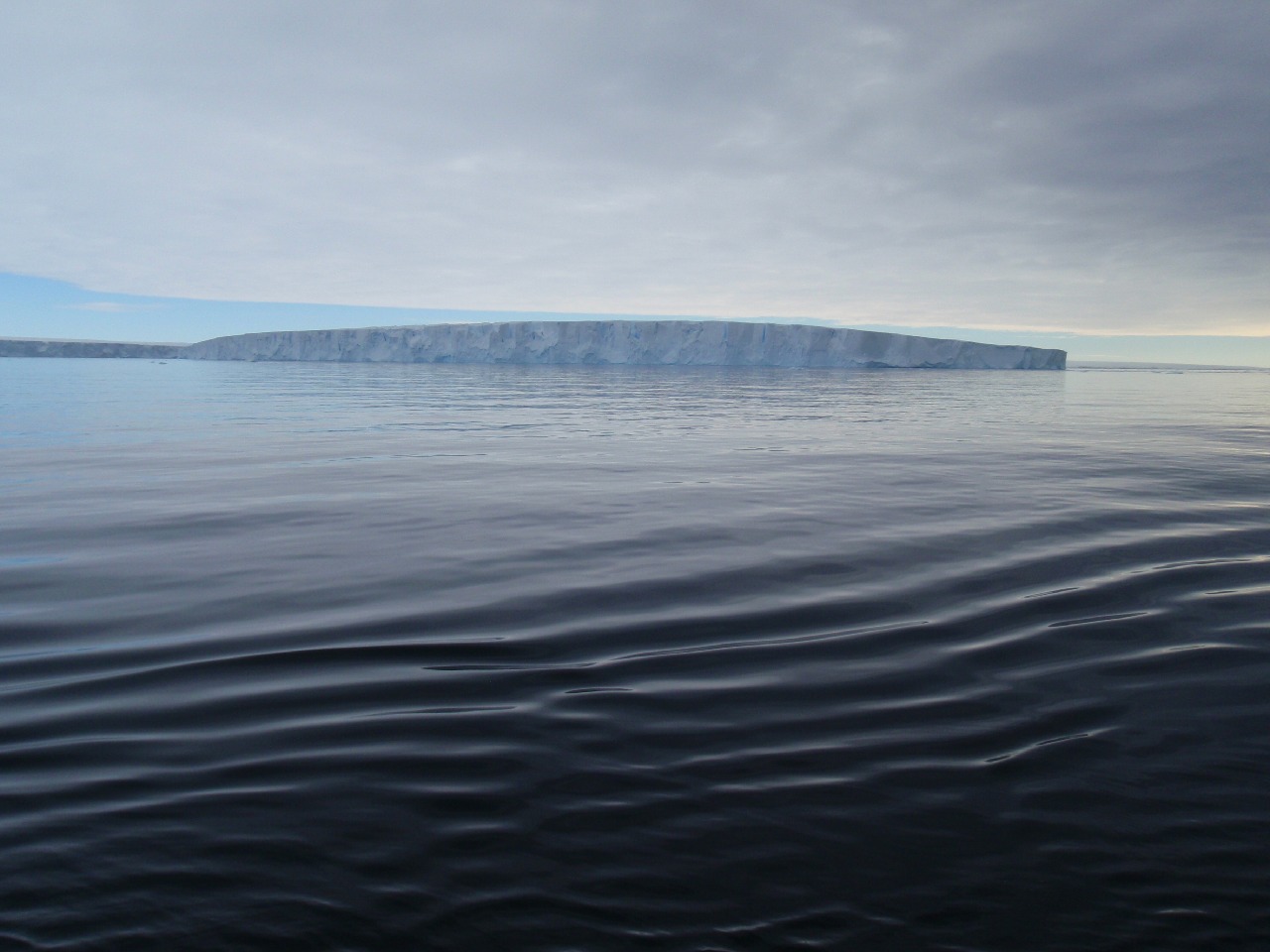A new study highlights how extreme snowfall events significantly alter the amount of ice lost by the West Antarctic Ice Sheet. A team of scientists from British Antarctic Survey, along with colleagues from the University of Leeds and Utrecht University, calculated the amount of ice lost from West Antarctica and the drivers behind this. Changes to the snowfall in the region greatly alters the ice lost significantly and therefore the contribution to global sea level rise.
The research, led by Dr Benjamin Davison at the University of Leeds, calculated the “mass balance” of the Amundsen Sea Embayment, the fastest changing region in Antarctica. This describes the balance between the amounts of snow and the ice gained due to snowfall and how much ice is lost through calving events, where icebergs form at the end of a glacier and drift out to sea. When calving happens faster than the ice is replaced by snowfall, then the region loses mass overall and contributes to global sea level rise. Similarly, when snowfall supply drops, the area can lose mass overall and contribute to sea level rise.

Using climate models of the region, scientists found that the Amundsen Sea Embayment had experienced several extreme snowfall events. Between 2009 and 2013, the models revealed a period of persistently low snowfall, or a “snow drought”. The lack of nourishing snowfall starved the ice sheet and caused it to lose ice, therefore contributing about 25% more to sea level rise than in years of average snowfall.
In contrast, during the winters of 2019 and 2020 there was very heavy snowfall. The scientists estimated that this heavy snowfall mitigated the sea level contribution from the region, reducing it to about half of what it would have been in an average year.
Dr Ben Davison, a researcher in Earth observation at the University of Leeds and lead author of the study, says:
“Changes in ocean temperature and circulation appear to be driving the long-term, large-scale changes in West Antarctica ice sheet mass. We absolutely need to research those more because they are likely to control the overall sea level contribution from West Antarctica.
“However, we were really surprised to see just how much periods of extremely low or high snowfall could affect the ice sheet over two to five-year periods – so much so that we think they could play an important, albeit secondary role, in controlling rates of West Antarctic ice loss.”
Twenty major glaciers form the Amundsen Sea Embayment in West Antarctica, which is more than four times the size of the UK, and the region plays a key role in contributing to the level of the world’s oceans. Even though changes in snowfall have mitigated some of the ice loss, the long-term changes in ocean temperature have caused rapid thinning and retreat of the glaciers in the region.

The results show that West Antarctica saw a net decline of 3,331 billion tonnes of ice between 1996 and 2021, contributing over nine millimetres to global sea levels. If all the lost ice was piled on London, it would stand over two kilometres tall - or 7.4 times the height of the landmark building the Shard.
Changes in ocean temperature and currents are the principal factors driving the loss of ice in the long term. However, this new research reveals that across shorter timescales periods of extreme snowfall or snow drought can account for up to 50% of the changes year on year.
Dr Pierre Dutrieux, an oceanographer at the British Antarctic Survey, says:
“Ocean temperature changes and glacial dynamics appear strongly connected in this part of the world, but this work highlights the large variability and unexpected processes by which snowfall also plays a direct role in controlling glacier mass.”
The paper ‘Sea level rise from West Antarctic mass loss significantly modified by large snowfall anomalies’ is published in the journal Nature Communications.
